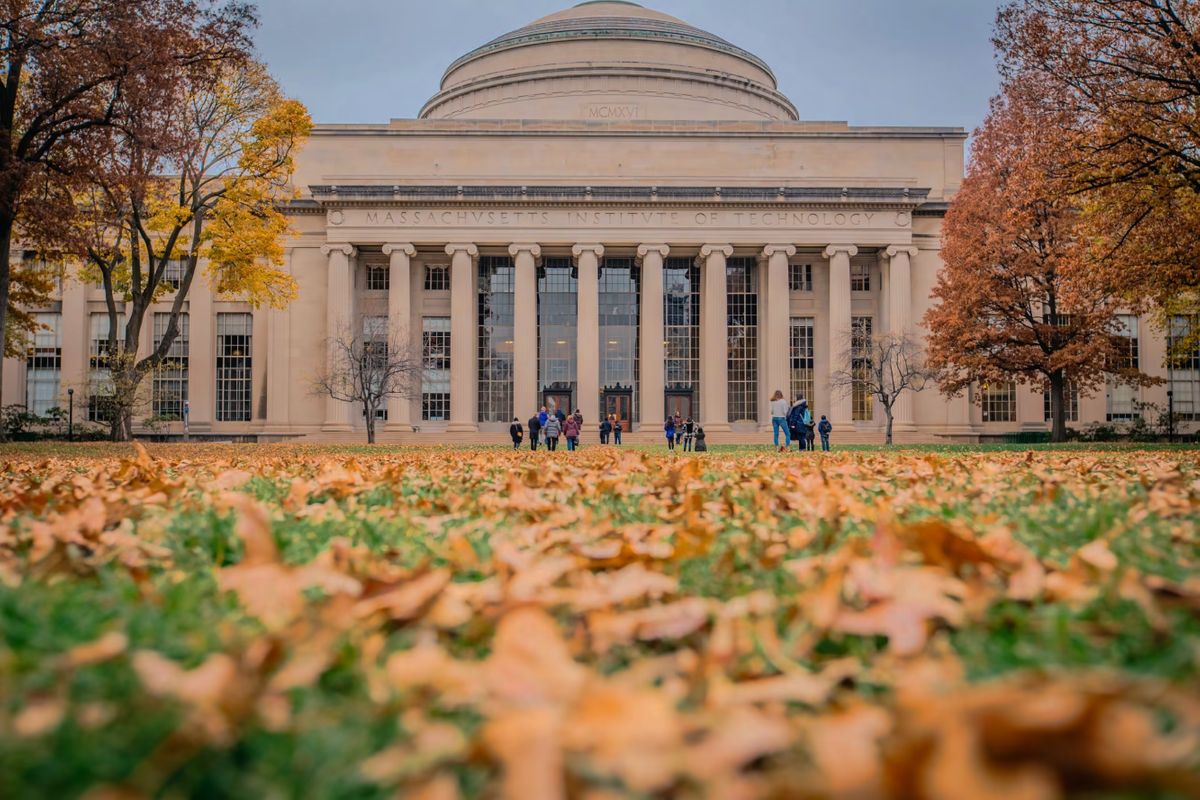Over my 40 years of training students to prepare for college admission, I have come to understand that there is magic inside of every student just waiting to be unleashed. Somewhere along their 12-year academic journey, students who are fortunate enough to encounter a gifted teacher or dedicated counselor who recognizes and ignites this magical spark may reach their college potential, and then achieve even greater happiness and success in a rich and rewarding career. Ever since helping my first student get into Stanford University all the way back in 1984, I have been seeking to crack the code of college admission counseling and find the perfect college for each student. For high aspiring students, I have been refining the secret formula whose effect on Ivy League admissions committees is swift and absolute, and whose implementation leads to generous merit-based scholarships at non-Ivy-League schools. Nearly free tuition at a major liberal arts college, with a few first-class plane tickets home thrown in, can be an offer too good to pass up, as it was for one of my students recently. This is the holy grail of elite admissions. So far, I am happy to be able to report that I have had the great fortune of helping high aspiring students reach and exceed their college dreams more than 1000 times over.
After 15 years of counseling, I dipped my toe into the test preparation waters, founding several companies, writing test-preparation books, conceiving of programs for younger students, and training hundreds of tutors and counselors in the methods I had either learned or created along the way. But my first love was always counseling, and along the way, strategies and personalized plans that I had developed were having incredible success. Thousands of students who came through my companies’ doors found their way into the Ivy Leagues, MIT, Stanford, Duke, Georgetown, and virtually all other top colleges in North America. Scholarships were in the multiple millions of dollars, and many students went on to experience incredible success in business enterprises of their own.
This is not to imply that the process is simple or that everyone will get into Harvard simply by waiving a magic wand. Harvard receives 60,000 applications for roughly 1500 seats, after you factor out athletes, artists, musicians, favors, donors, employee families, and alumni. Further, no one who is unqualified applies to Harvard, making the competition dauntingly impressive. However, there is a way in. In fact, there are several ways in – and they all come down to “points.” Every meaningful activity that students engage in is worth a certain number of points. In some cases, negative points must be applied, but the goal is ultimately to get to 1001 points. While a perfect GPA may be worth 200 points, A GPA lower than 3.5 may be worth only 25 points, which will make it very difficult to get to 1001. In the same way, activities earn points, leadership earns points, awards earn points, and, of course, test scores earn points.
It would be quite natural of you to ask where I came up with a number 1001. Well, 1000 is the number of points as soon learn with a strong mix of activities, grades, recommendations, challenging curriculum, test scores, and community service. It is the final point, the one that brings a student up to 1001, that is the most important point of all. That is the point students earn for their unique selling proposition, or USP. But don’t be misled into believing that a USP is something as simple as just being a nice kid or acting in the school musical. A USP must go far beyond, to be something so extraordinary that a college cannot help but overlook it. A USP may be developed quickly, or it may take years. For example, one of my students wrote and published a book of poetry. Two of my students have obtained patents and others have started their own companies. The USP must make sense within the larger context of the student’s overall profile. However, if you get it right, the results can be astounding. If you get it wrong, this could be nothing but a distraction and a big waste of time.

